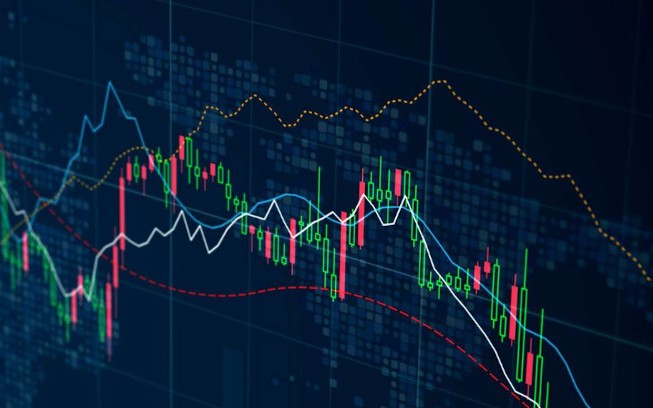
Forex day trading can be an exhilarating yet daunting endeavor for beginners. With the potential for significant profits comes a considerable level of risk. Understanding the dynamics of the forex market is crucial for success. This guide is designed to introduce you to the core concepts and strategies of forex day trading. If you’re looking for reliable platforms to trade, consider checking out the forex day trading for beginners Best Ugandan Brokers to start your trading journey.
What is Forex Day Trading?
Forex day trading involves buying and selling currency pairs within the same trading day. The goal is to deliver short-term profits by capitalizing on small fluctuations in currency prices. Day traders typically close all their positions before the market ends each day to avoid the risks associated with overnight trading. This method allows traders to manage their risk more effectively and maintain tighter control over their trading strategies.
Understanding Currency Pairs
In forex trading, currencies are quoted in pairs, such as EUR/USD or USD/JPY. The first currency in the pair is known as the base currency, while the second currency is the quote currency. The value of a currency pair indicates how much of the quote currency is needed to purchase one unit of the base currency. Understanding currency pairs is fundamental to forex trading, as it directly impacts your trading decisions.
The Basics of Day Trading
Day trading relies on technical analysis and market indicators to make informed trading decisions. Here are some fundamental aspects of day trading to consider:
- Market Hours: The forex market is open 24 hours a day, five days a week. Day traders typically focus on the most active trading hours, which are when major markets overlap.
- Leverage: Forex brokers often allow traders to leverage their investments, meaning they can control larger positions with a smaller amount of capital. While leverage can enhance profits, it also increases risk.
- Chart Patterns: Day traders frequently analyze charts to identify patterns. Understanding common patterns, such as flags, head and shoulders, and double tops/bottoms, can aid in predicting price movements.
Tools for Day Trading
To be successful in day trading, you’ll need to utilize various trading tools and platforms. Here’s what you should consider:
- Trading Platform: A reliable trading platform is essential for executing your trades. Ensure that the platform you choose offers real-time market data, customizable charts, and a user-friendly interface.
- Technical Indicators: Traders use technical indicators to inform their decisions. Some popular indicators include Moving Averages, Relative Strength Index (RSI), and Bollinger Bands. Familiarizing yourself with these tools can help enhance your trading strategies.
- News Feeds: Economic news and announcements can drastically affect currency prices. Following economic releases and geopolitical news is critical for day traders. Consider using news aggregators specific to financial markets.

Creating a Trading Strategy
Having a solid trading strategy is crucial for long-term success in forex day trading. Here’s a simple framework to help you develop your trading strategy:
- Define Your Goals: Establish clear trading goals based on your risk tolerance and financial objectives.
- Choose Suitable Currency Pairs: Focus on a few currency pairs to become more familiar with their behavior and characteristics.
- Use a Trading Journal: Keep a detailed journal of your trades to review your performance. Note the reasons for entering and exiting trades, your emotions, and the outcomes.
Risk Management
One of the most critical aspects of day trading is effective risk management. Here are some strategies to safeguard your capital:
- Set Stop-Loss Orders: Implementing stop-loss orders helps limit potential losses on a trade. Decide in advance how much you’re willing to lose on a trade and set your stop-loss accordingly.
- Risk Only What You Can Afford to Lose: Never invest money that you cannot afford to lose. This principle is essential for maintaining a healthy mindset during trading.
- Diversify Your Trades: Avoid putting all your capital into one trade. Diversifying your trades can help mitigate risks.
Psychological Aspects of Day Trading
The psychological aspect of trading is often underestimated. Successful day traders are not only skilled in technical analysis but also in managing their emotions. Here are some tips to help you maintain a balanced mindset:
- Stay Disciplined: Stick to your trading plan and avoid making impulsive decisions based on fear or greed.
- Practice Patience: Day trading is not about making quick profits; having the patience to wait for the right opportunities is crucial.
- Accept Losses: Losses are part of trading. Accept that you will have losing trades and focus on learning from them rather than getting discouraged.
Conclusion
Forex day trading can be an exciting venture, but it requires a considerable amount of knowledge, practice, and discipline. As a beginner, start with a demo account to practice without financial risk, and gradually transition to live trading as you gain confidence and experience. Always remember the importance of risk management and continually educate yourself about the forex market. By following the guidelines outlined in this article, you can establish a solid foundation for your forex day trading journey.
